There can be your advertisement
300x150
How to Make Your Apartment Warmer Without Radiators: 7 Working Methods
Methods that will help create comfort and warmth right now
It's cold at home, and the radiators haven't been turned on yet. A familiar situation? Or maybe heating is working, but you're still freezing at home and wrapping yourself in a blanket like a polar bear on an ice floe. There can be many reasons: problems with central heating to simple heat losses through windows and walls. The good news is that you can warm up your apartment without radical measures like installing additional radiators. Let's look at working methods that will help create comfort and warmth right now.
Main points from the article:
- Insulating windows and doors can raise apartment temperature by 3-5 degrees;
- Proper use of textiles and carpets creates a feeling of warmth and saves up to 15% energy;
- Modern heating systems and radiant floors are effective alternatives to central heating;
- Slight changes in furniture placement can improve the circulation of warm air;
- Some methods require minimal investment but deliver maximum results.
Method 1: Insulate Windows — and Forget About Drafts
Up to 40% of heat escapes through windows. Even if you have double-glazed plastic windows, rubber seals lose elasticity over time and micro-gaps appear.
The easiest test: hold a lit candle near the frame. If the flame flickers — there's a problem. It can be fixed in several ways: replacing seals (from 500 rubles per window), using silicone caulk to fill gaps, or installing special heat-saving film on the glass.
Heat-saving film is an underrated invention. It's almost invisible but reflects thermal radiation back into the room. Costs about 200 rubles per square meter, and its effect is comparable to installing an additional pane of glass.
For owners of old wooden windows, there's a budget hack: use painter's tape and polyethylene film. Yes, it doesn't look very aesthetic, but room temperature will rise by 2-3 degrees.
Method 2: Insulate Walls from the Inside Without Renovation
Cold walls are a problem for panel buildings and apartments on the top floors. Full external insulation is expensive and requires approval, but there are ways to address it from the inside.
- The most effective option is foil-faced insulation (penofol). It's thin (only 3-10 mm), easy to glue to walls, and reflects heat back into the room. Especially effective behind radiators — where heat usually escapes through walls.
- A more budget-friendly option is using thick wallpapers with an air layer or decorative panels made of polystyrene. They not only insulate but also refresh the interior.
Important note: when insulating walls from inside, pay attention to ventilation. Over-hermetization may lead to increased humidity and mold growth.
Method 3: Textile as a Source of Warmth
Textiles not only create comfort but also help retain heat. Thick curtains block cold air from windows, while carpets prevent heat loss through the floor.
- Winter hack: replace light summer curtains with thick lined drapes. If you don't want to change all textiles, add a second layer — sheer curtains in summer and thick drapes in winter. This system can reduce heat loss through windows by 25%.
- Carpets are especially important for ground-floor apartments and those with cold floors. A thick carpet creates an additional layer of insulation and raises floor temperature by 3-4 degrees.
- Don't forget decorative cushions and throws — they help create a psychological feeling of warmth and comfort, which is also important during cold weather.
Method 4: Proper Furniture Placement for Heat Circulation
Many don't think about it, but furniture placement directly affects heat distribution in the apartment. A sofa placed right in front of a radiator blocks warm air flow. A bookshelf placed against a cold wall becomes an extra 'refrigerator'.
Main rules for warm placement: leave at least 10 cm between furniture and radiators, don't block heating appliances with bulky items, place wardrobes and shelves against interior walls, not exterior ones.
Trick for studios and small apartments: use mirrors to reflect heat from radiators. A large mirror facing a heating unit helps evenly distribute warm air throughout the room.
Method 5: Alternative Heat Sources
Modern heaters differ greatly from Soviet 'windduels'. Infrared heaters heat objects, not air — like the sun. They're more energy-efficient and create a more comfortable warmth.
New generation convector heaters with electronic control allow precise temperature maintenance and programming of operation modes. Some models consume only 500-1000 W but effectively heat a room up to 20 square meters.
Oil radiators are good for constant heating — they retain heat for a long time after being switched off. But avoid heat fans: they dry the air and consume lots of electricity.
Security tip: always buy heaters with overheating and tipping protection. Cheap models from mass-market stores can be a fire hazard.
Method 6: Radiant Floor as an Alternative to Radiators
Electric radiant floor is one of the most effective heating methods. Unlike radiators that heat air near the ceiling, radiant floor creates even temperature distribution throughout the room.
Modern film systems can be installed even over existing flooring — under laminate, linoleum or carpet. Installation takes one day and the effect is immediate.
Infrared film consumes an average of 150-200 W per square meter and pays for itself in 2-3 heating seasons. Especially beneficial for bathrooms and children's rooms — where stable temperature is important.
Important: radiant floor requires quality electrical wiring. In older buildings, it may be necessary to replace cables or install an additional circuit breaker.
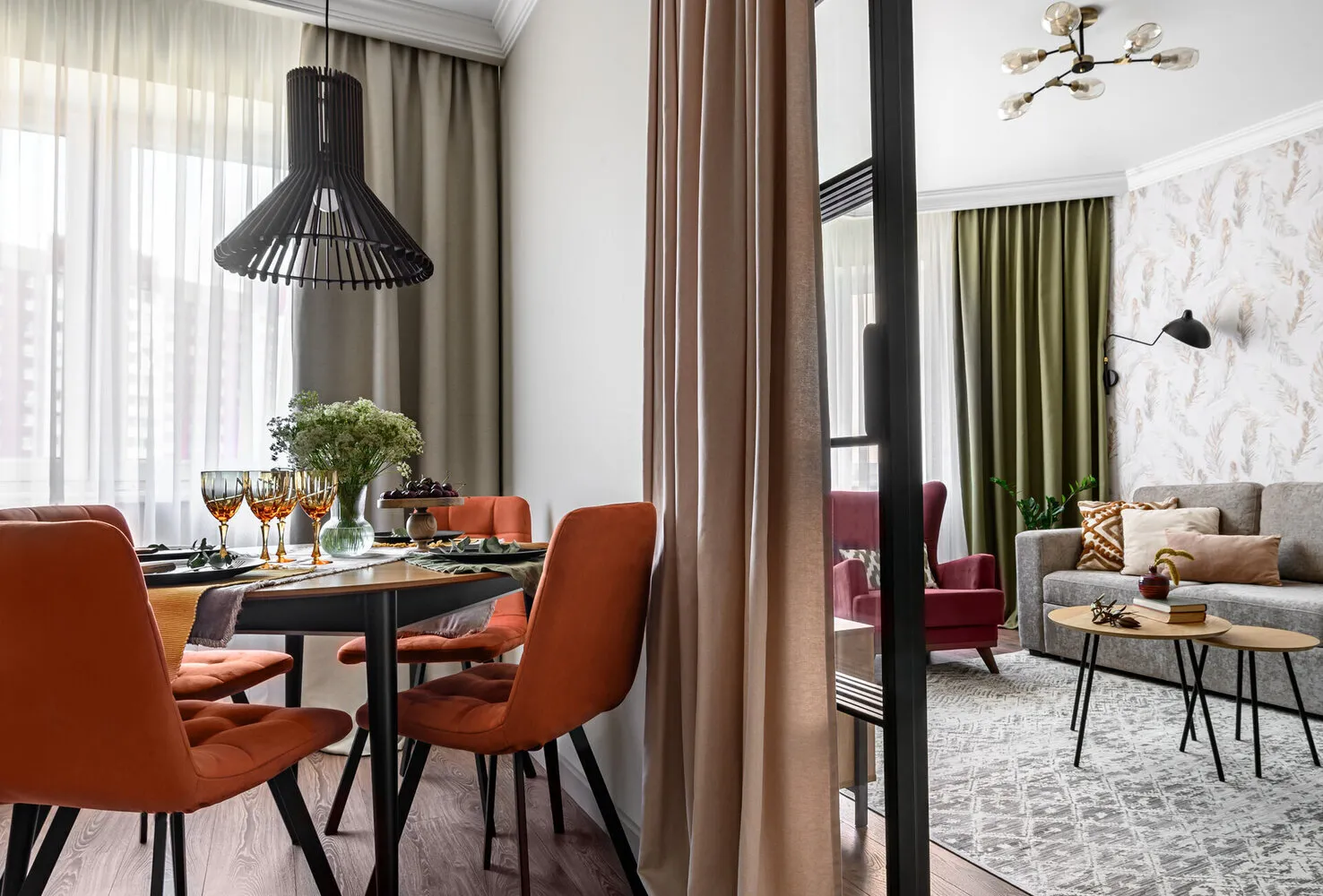
Design: Anna Mizrina
Method 7: Using Internal Heat Sources
Every apartment has 'hidden' heat sources that operate continuously. Ovens, washing machines, computers, even regular incandescent bulbs generate heat.
Winter hack with the oven: after cooking, leave the door open — let the heat not go to waste. Just make sure there are no children or pets nearby.
Replace LED bulbs with regular incandescent ones in rooms where you spend most of your time. Yes, they consume more electricity, but that electricity turns into heat. In winter, it's a double benefit.
Cook more hot meals: soups, tea, coffee. Hot drinks warm you from within, and the cooking process warms the outside. Plus, it increases air humidity, making warmth more noticeable.
Check out the video:
What Doesn't Work: Debunking Popular Myths
- Candles as a heat source — beautiful, romantic, but useless for heating. One candle gives roughly the same amount of heat as a human body. Useful only for creating cozy atmosphere.
- Boiling water in bottles at the corners of a room — another folk method that doesn't work. The heat from one bottle dissipates in 10-15 minutes, and the hassle of regularly replacing water lasts all day.
- Alcohol for warming up — a dangerous misconception. Alcohol dilates blood vessels, creating a sensation of warmth but actually increasing heat loss. In a cold apartment, it can only lead to hypothermia.
Remember: real warmth is created comprehensively. One method may provide an effect of 1-2 degrees, but combining several methods can raise apartment temperature by 5-7 degrees. That's a noticeable difference between 'cold' and 'comfortable'.
Start with the simplest — insulating windows and proper use of textiles. Then, if the effect is insufficient, add more serious solutions. The key is not to freeze and remember that a cozy home starts with warmth.
Cover: Anna Mizrina's design project
More articles:
 Before and After: From a Dull Hallway in a Panel House to a Stylish Functional Interior
Before and After: From a Dull Hallway in a Panel House to a Stylish Functional Interior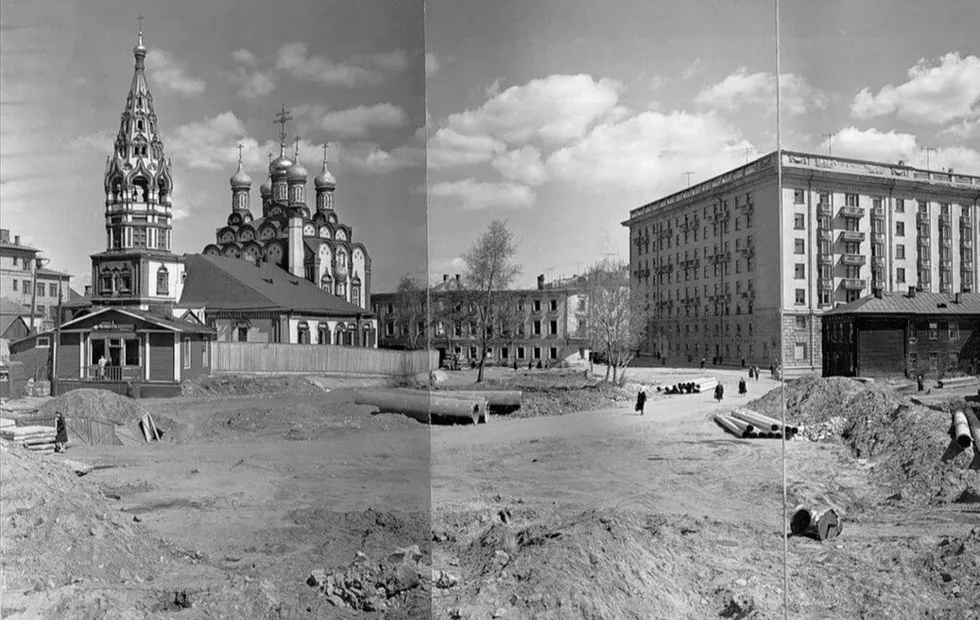 Hamovniki: How a Noble District Became the Most Expensive Area in the Capital
Hamovniki: How a Noble District Became the Most Expensive Area in the Capital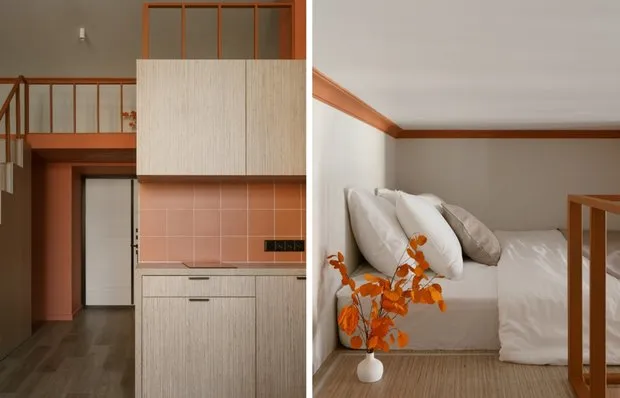 9 Cool Functional Solutions for Small Apartments
9 Cool Functional Solutions for Small Apartments Before and After: How They Updated the Dull Bathroom in a 2-Room Khrushchyovka
Before and After: How They Updated the Dull Bathroom in a 2-Room Khrushchyovka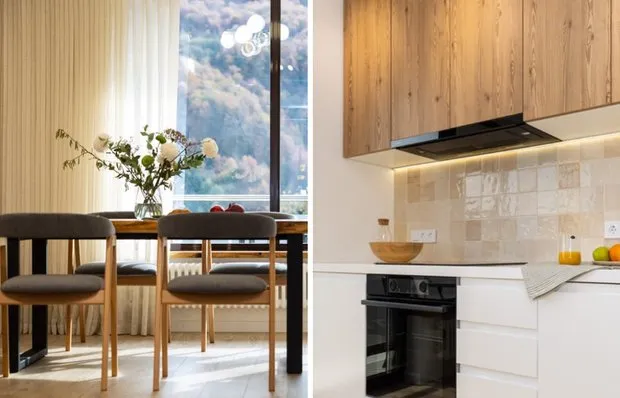 How We Designed the Kitchen Where Nature Became the Center of the Interior
How We Designed the Kitchen Where Nature Became the Center of the Interior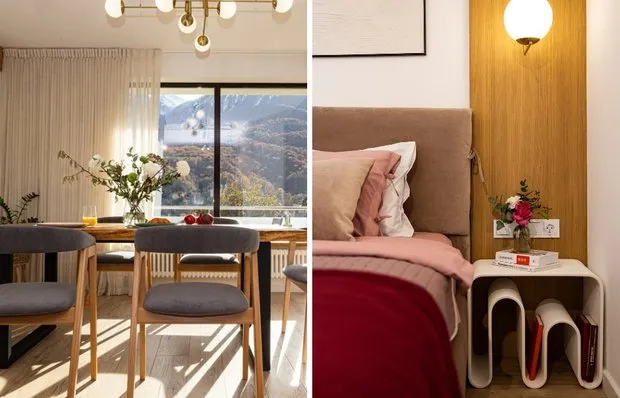 7 Ideas We Borrowed from an Incredible Mountain View Apartment
7 Ideas We Borrowed from an Incredible Mountain View Apartment Beauty Secrets of Uma Thurman: How to Look Great at 54
Beauty Secrets of Uma Thurman: How to Look Great at 54 How to Tell if Your Designer Is Cheating You
How to Tell if Your Designer Is Cheating You